In terms of the number of films as a Bollywood hero, Jeetendra is comfortably among the top five of all time.
The prolific actor starred in a very long list of successful cinema classics across multiple genres and decades. He acted opposite the biggest leading ladies, worked with major filmmakers, and is rightly regarded as one of the greatest heroes in Hindi cinema history.
Born in 1942, the popular star turns 82 next Monday (7). Eastern Eye marks the occasion with a look at his action-packed life and extraordinary career.
A is for Amritsar: The actor was born Ravi Kapoor in Amritsar, Punjab, to Amarnath and Krishna Kapoor, who supplied imitation jewellery to the Hindi film industry.
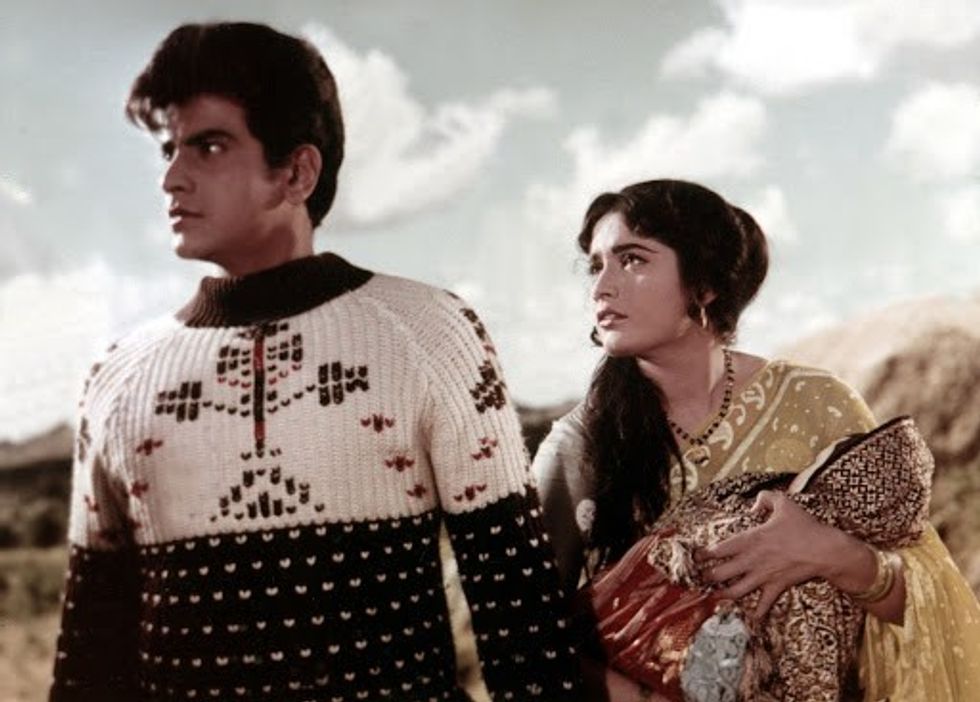
B is for beginning: While selling jewellery to legendary filmmaker V Shantaram, he was discovered by the director, given the name Jeetendra, and cast in the 1964 film Geet Gaya Patharon Ne. He starred opposite the director’s daughter, Rajshree, who was making her debut as a leading lady. That role marked the beginning of a dream career.
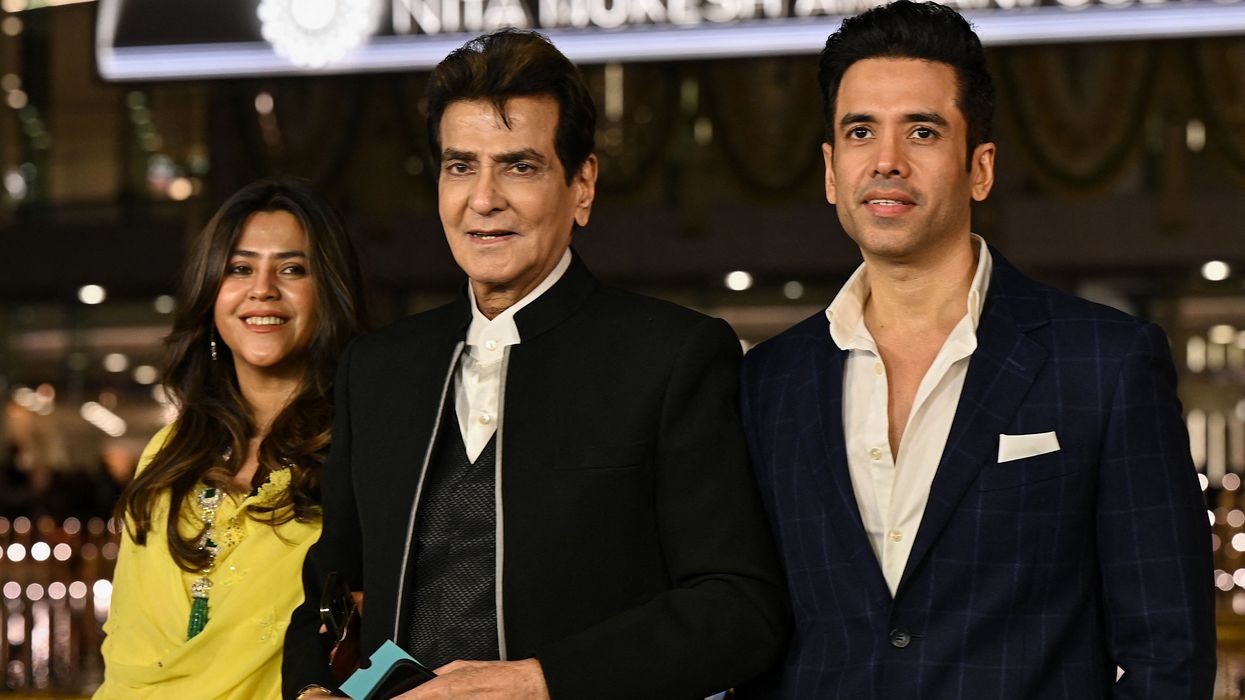
C is for children: He has two children with his wife Shobha Kapoor (see W). His son Tusshar Kapoor became an actor, though with limited success. His daughter Ekta Kapoor is a major force in the television and film industry, having transformed the family’s company Balaji Telefilms into a leading powerhouse – including the launch of a video-on-demand platform (see T). Ekta remains arguably the most powerful and successful female producer of the modern era.
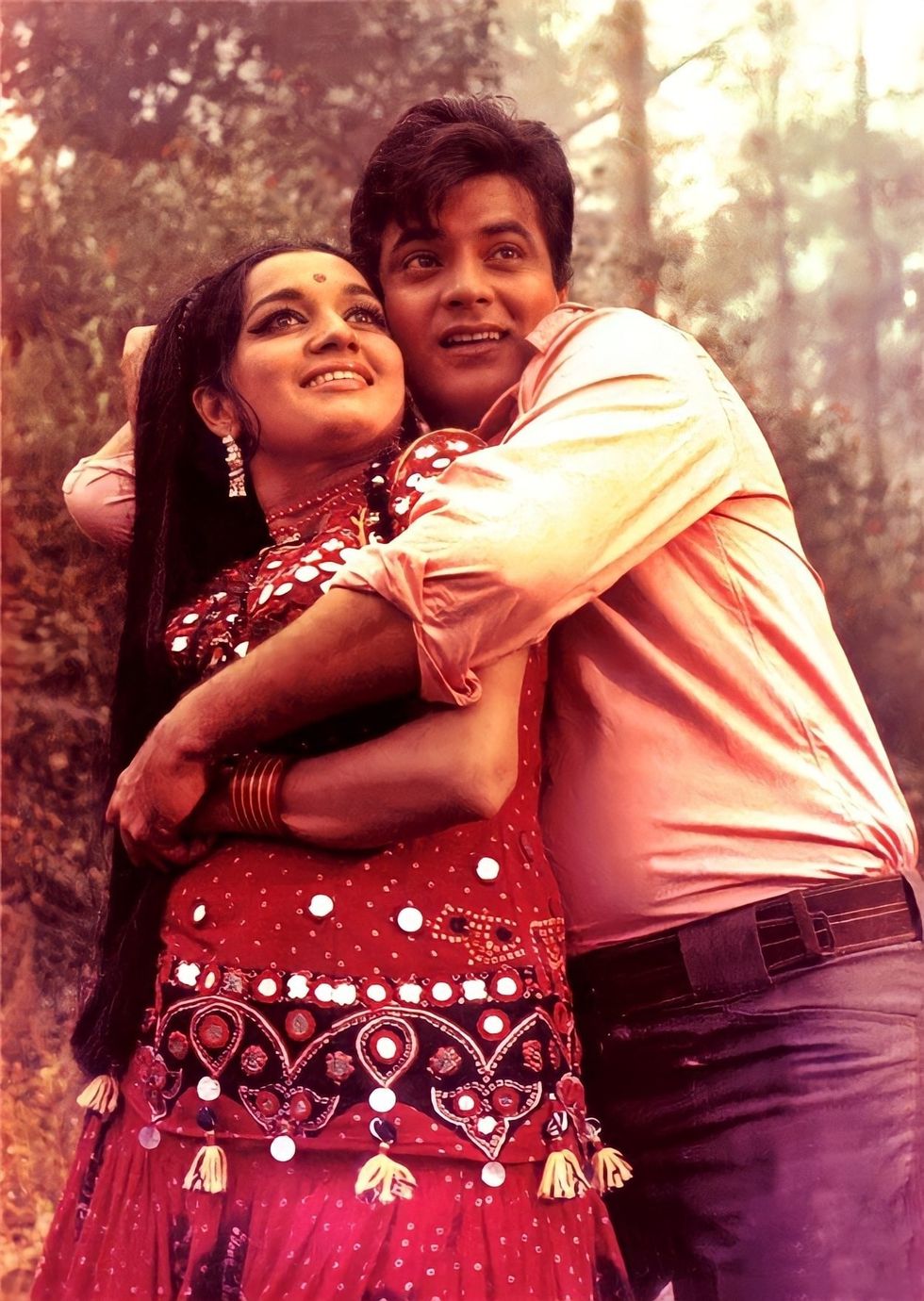
D is for delay: Jeetendra signed numerous films that were shelved or faced staggered releases due to production issues. The most delayed of these was the spy drama The Gold Medal, which began production in 1969 and was finally released in 1984.
E is for education: Jeetendra attended the same school and college as his friend, actor Rajesh Khanna. He supported Khanna in his early days in the industry, and the two later co-starred in films such as Dharam Kanta (1982), Nishaan (1983) and Maqsad (1984). Their lifelong friendship remained strong.
F is for Farz: His star-making 1967 hit Farz was heavily inspired by the James Bond films and was a remake of the Telugu thriller Gudachari 116. It led to sequels including Keemat (1973) and Raksha (1982). The spy drama also inspired his 1985 film Bond 303. The song Baar Baar Din Ye Aaye, which he performed in Farz, is widely regarded as Bollywood’s greatest birthday track and remains popular to this day.
Interestingly, more established actors such as Manoj Kumar, Shashi Kapoor and Dharmendra had turned the film down. Jeetendra once said: “I was the needy and greedy one then and signed the film gladly.”
G is for grandchildren: Jeetendra’s unmarried son, Tusshar Kapoor, became a single parent through surrogacy in 2016. His daughter Ekta Kapoor also embraced motherhood through surrogacy in 2019.
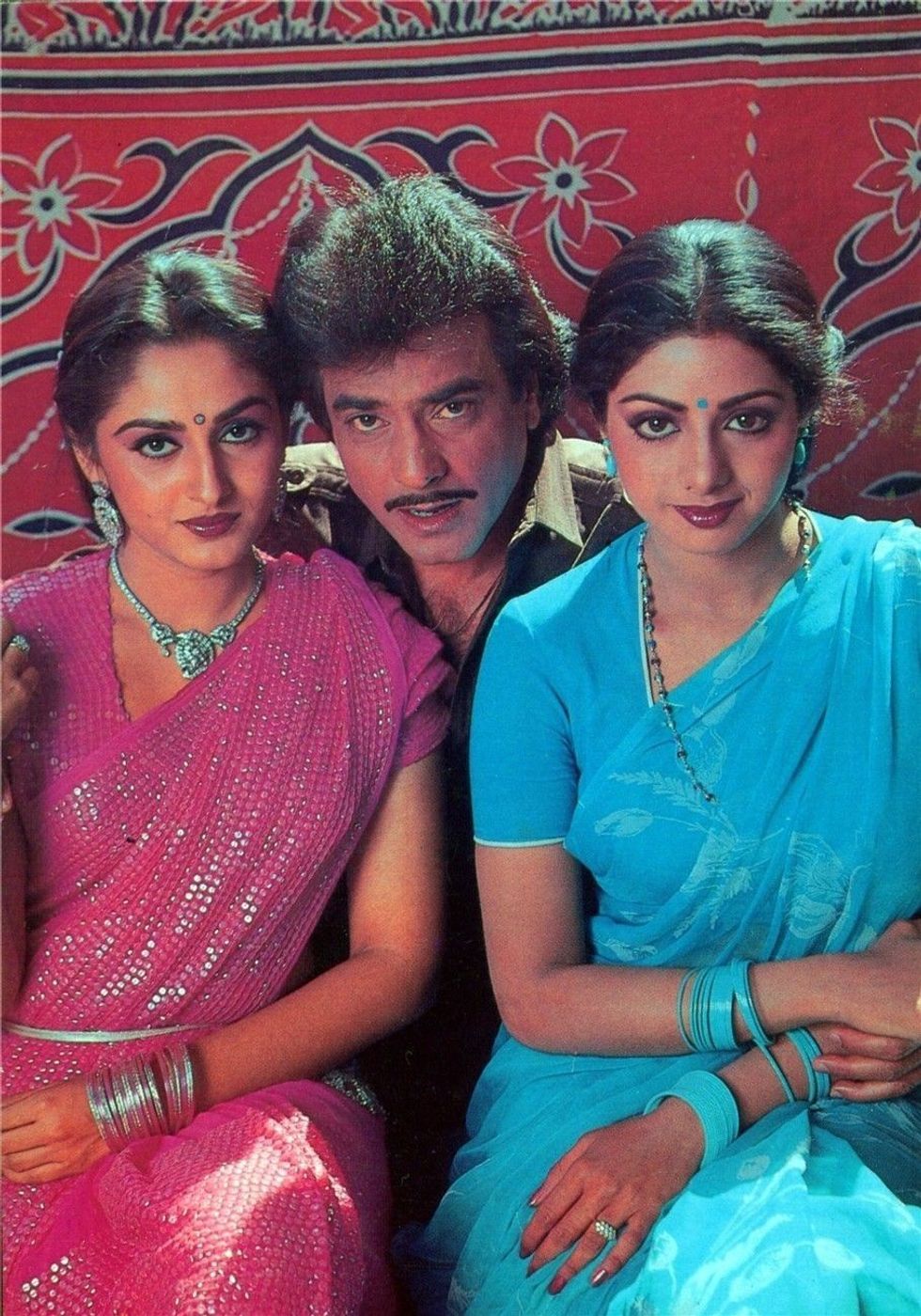
H is for hits: The celebrated star acted in an exceptional number of hit films, including Farz, Jeene Ki Raah, Khilona, Caravan, Dharam Veer, Jaani Dushman, Aasha, Meri Aawaz Suno, Farz Aur Kanoon, Himmatwala, Tohfa, Maqsad, Khudgarz, Mere Huzoor, Humjoli, Parichay, Khushboo, Kinara, Priyatama, Pyaasa Sawan, Sanjog and many others.
I is for international: Jeetendra nearly made his English-language debut with the British film Daddy I Love You in 1988, where he was set to play an Indian doctor. The project was ultimately shelved.
J is for jumping: His high-energy dance moves and trademark style earned him the nickname Jumping Jack Jeetendra.
K is for Karva Chauth: In 1976, Jeetendra narrowly escaped a tragic fate. He had planned to board a flight to Chennai on Karva Chauth (Hindu festival), but a delay led him to return home so his wife Shobha could complete the festival rituals. She insisted he stay, and he postponed the trip to the next day. That night, the flight he was supposed to take crashed in a fiery explosion.
L is for leading ladies: Jeetendra shared screen space with many of Bollywood’s top heroines. The three actresses he worked with most frequently were Rekha, Jaya Prada and Sridevi (see S).
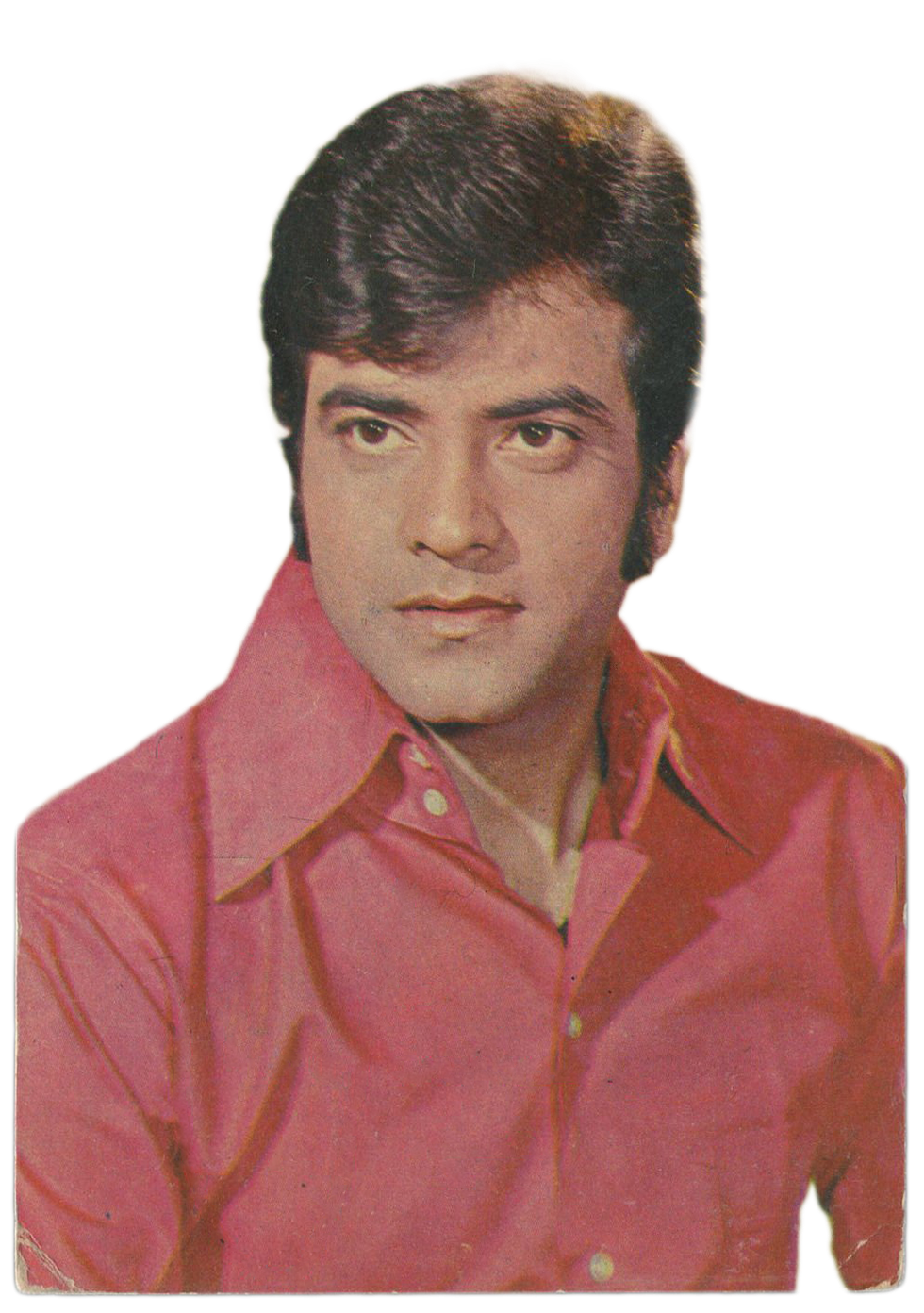
M is for Mahabharat Aur Barbareek: Jeetendra’s final film role was a brief cameo in this devotional drama. His last major Bollywood appearance was in the star-studded song Deewangi Deewangi from Om Shanti Om (2007).
N is for Naseeb: The iconic ensemble film Naseeb (1981) featured the celebratory song John Jaani Janardhan, which highlighted the success of Dharam Veer – a Jeetendra starrer that became the second highest-grossing film of 1977.
O is for online: The Bollywood legend came out of retirement in 2019 to play a supporting role in the web series Baarish – When You Are In Mood For Romance. The show was developed by his daughter Ekta Kapoor for streaming platforms ALTBalaji and ZEE5.
P is for prolific: Jeetendra is among the rare actors to have starred in nearly 200 films as a leading man, opposite most of Hindi cinema’s top heroines. From 1977 to 1987, he consistently had seven or more releases each year, with 12 in 1981, 14 in 1982, and 11 in 1986.
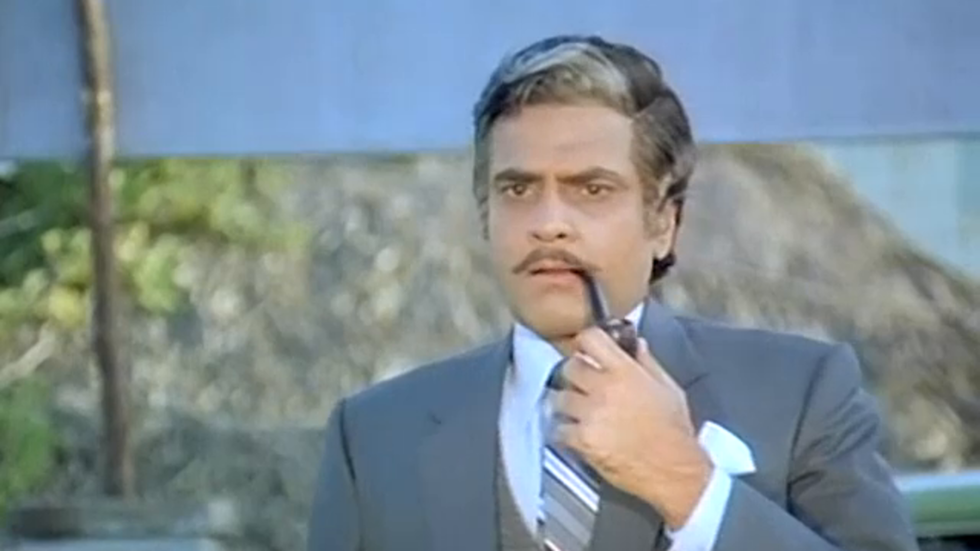
Q is for quotes: Whether delivering powerful dialogues on screen or offering candid remarks in interviews, Jeetendra produced many memorable lines. There is even a page dedicated to him on the website Brainy Quote. He once remarked: “My life is very simple, it is not worth being written into a biography, for that ‘masala’ is required.”
R is for remakes: While he acted in a few films inspired by Hollywood, no other Bollywood star has headlined as many Hindi remakes of South Indian films. According to estimates, he starred in more than 70 such remakes. His most successful partnership was with director K Raghavendra Rao, with hits including Farz Aur Kaanoon, Himmatwala, Justice Chaudhury, Tohfa, Kaamyab and Mera Saathi.
S is for Sridevi: The legendary actress gained her Bollywood breakthrough by starring opposite Jeetendra in a string of major hits. They acted together in 16 films – 13 of which were box office successes. Their collaborations included Jaani Dost, Justice Chaudhury, Mawaali, Tohfa, Balidaan, Dharm Adhikari, Aulad, Sone Pe Suhaaga and Himmatwala, which was the highest-grossing film of 1983.
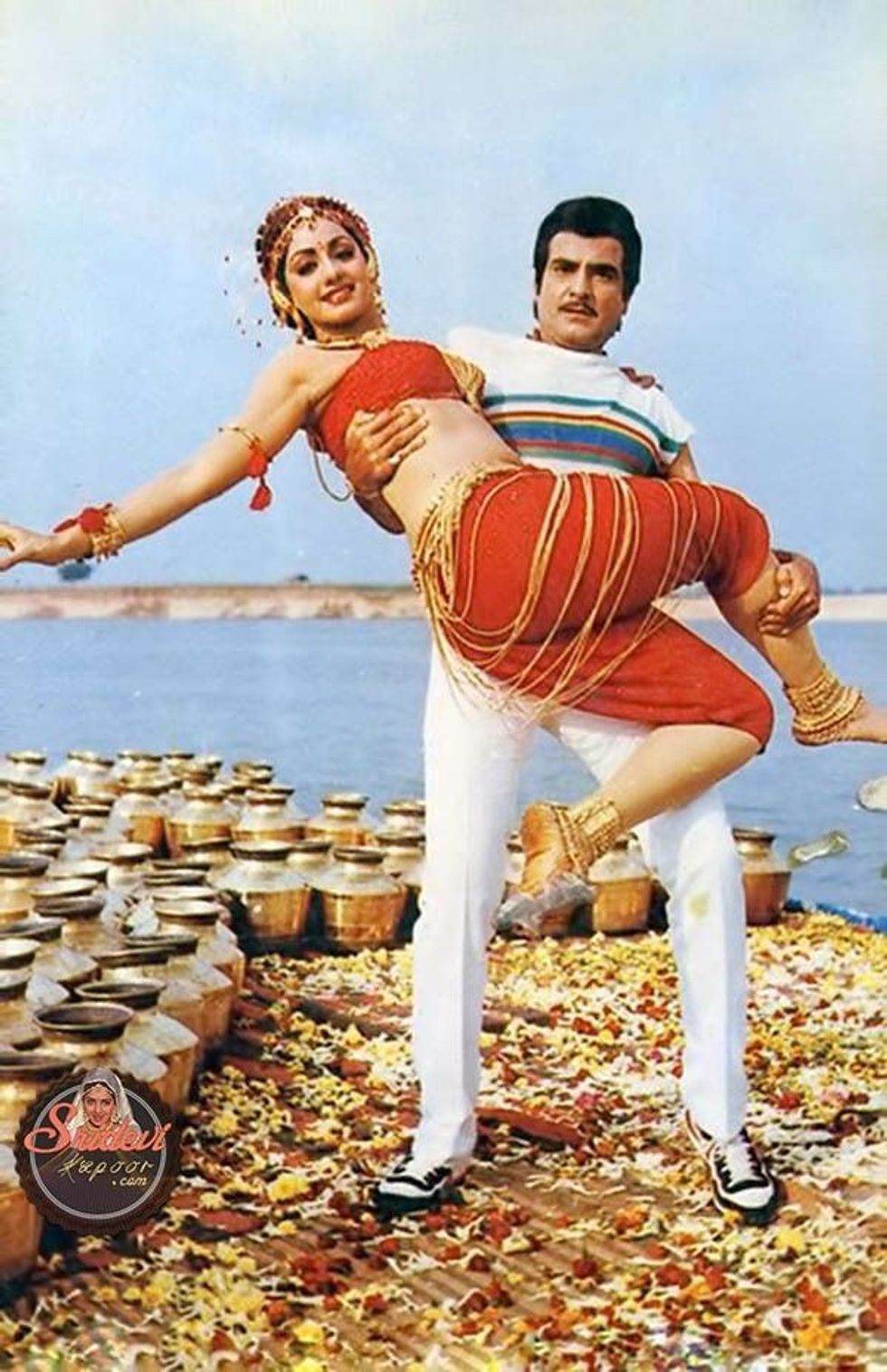
T is for television: The family-run company Balaji Telefilms, co-founded by Jeetendra and led by his daughter Ekta, is arguably the most successful production house in Indian television history. It launched stars, shaped the TV landscape, and helped transform the medium into a multi-billion-pound industry. Its biggest hits include Kyunki Saas Bhi Kabhi Bahu Thi, Kahaani Ghar Ghar Kii, Kaahin Kissii Roz, Kasautii Zindagii Kay, Kkusum, Kasamh Se, Pavitra Rishta, Bade Achhe Lagte Hain, Kumkum Bhagya, Yeh Hai Chahatein, Parineetii and many more.
U is for Udhaar Ki Zindagi: After a rocky start in Hindi cinema, Kajol made her first significant impact with this 1994 family drama, opposite Jeetendra. The film, a remake of the 1991 Telugu hit Seetharamayya Gari Manavaralu, gave her an author-backed role early in her career.
V is for validation: The veteran star has received multiple lifetime achievement honours, including at the Filmfare, Zee Cine and Screen Awards. However, despite a career filled with acclaimed performances and commercial success, he was never nominated for a Filmfare Best Actor award – a surprising omission given his winning performances.
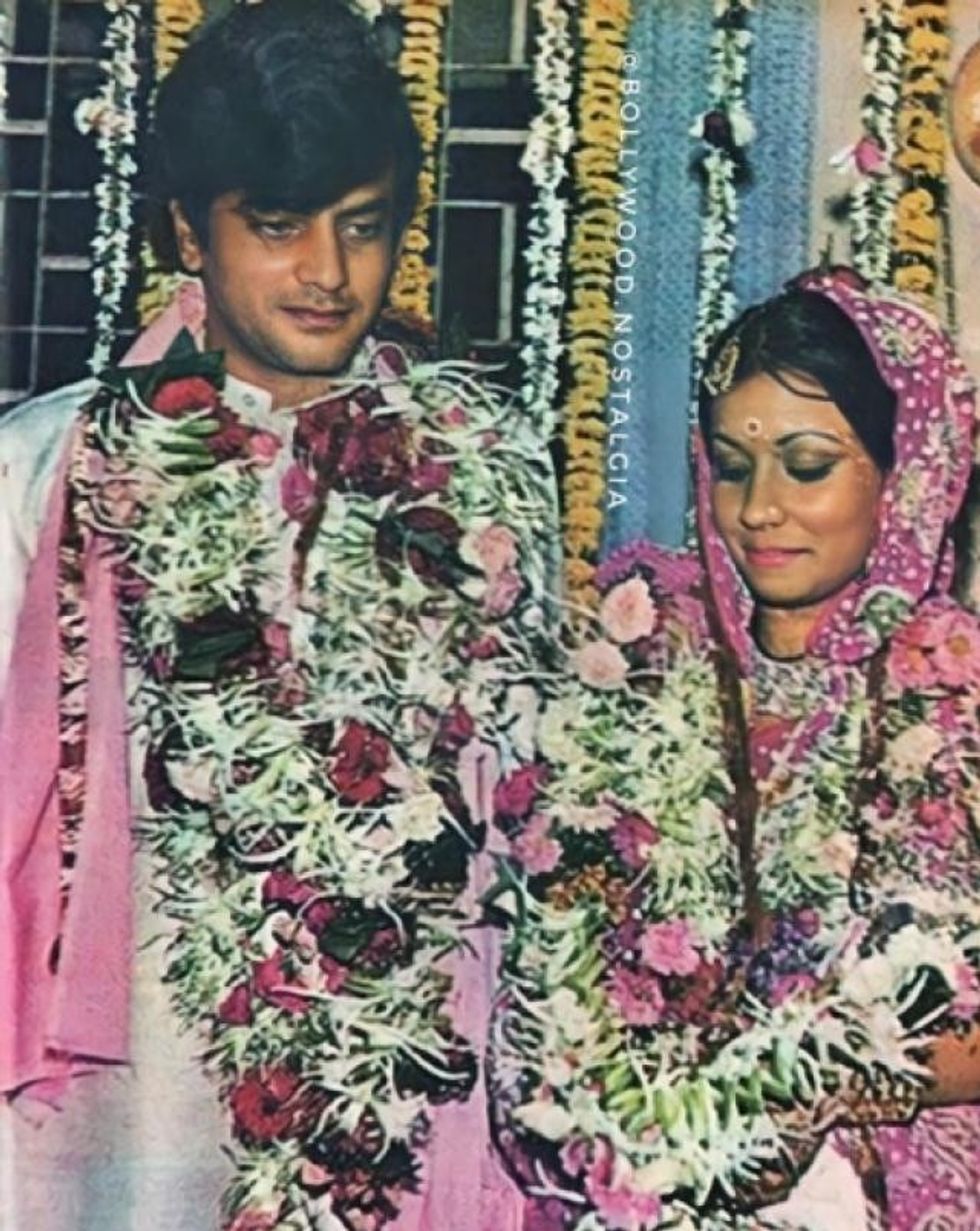
W is for wife: Jeetendra met Shobha before achieving stardom, and they married in a simple ceremony attended by close family and friends in 1974. The wedding almost did not happen – he was once close to marrying actress Hema Malini, but she backed out.
X is for X-factor: One of Jeetendra’s greatest strengths was his versatility. He embraced all genres – from thoughtful art-house dramas to commercial entertainers, multi-starrers and remakes. He also took on supporting roles and appeared in experimental films, resulting in one of the most varied filmographies in Indian cinema.
Y is for younger days: As a young boy, Jeetendra idolised Dilip Kumar and watched all his films. This admiration sparked his ambition to act. He once recalled: “As a child I liked to watch movies. As a young man I wanted to work in films.”
Z is for zodiac: Born under the sign of Aries, Jeetendra embodies the qualities associated with it – spontaneous, independent, bold, ambitious, self-reliant, adventurous and assertive. Arians are also seen as natural leaders, traits the actor demonstrated throughout his remarkable career.
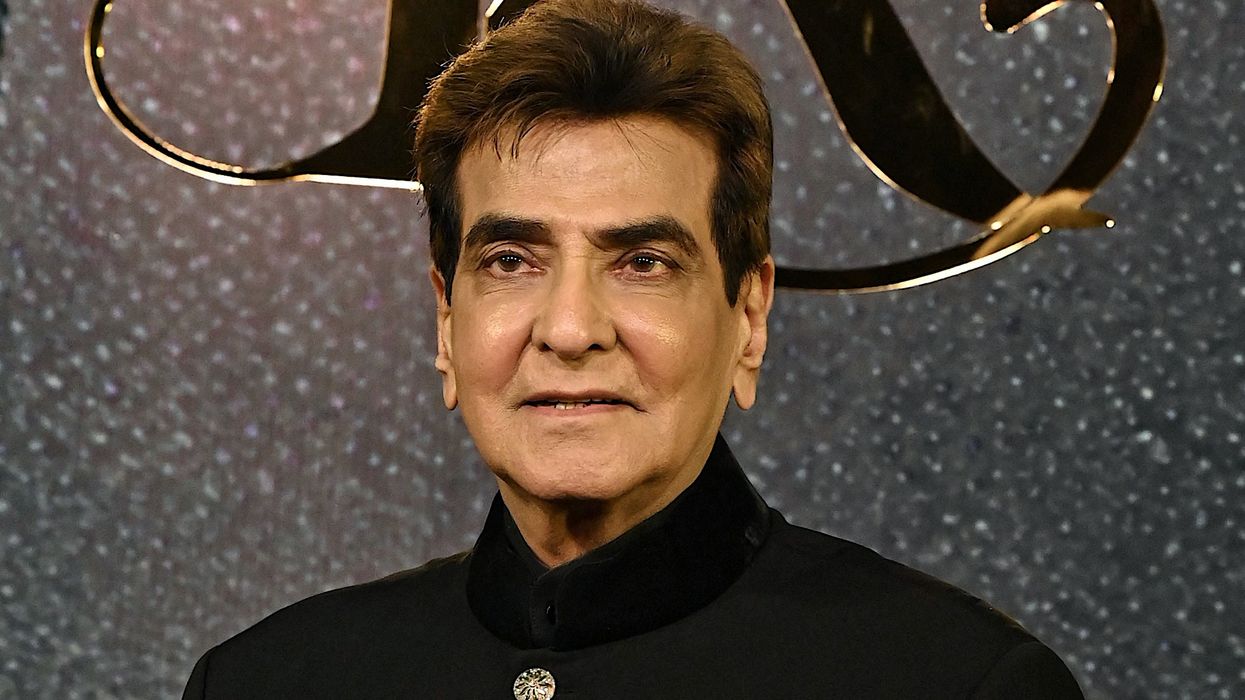
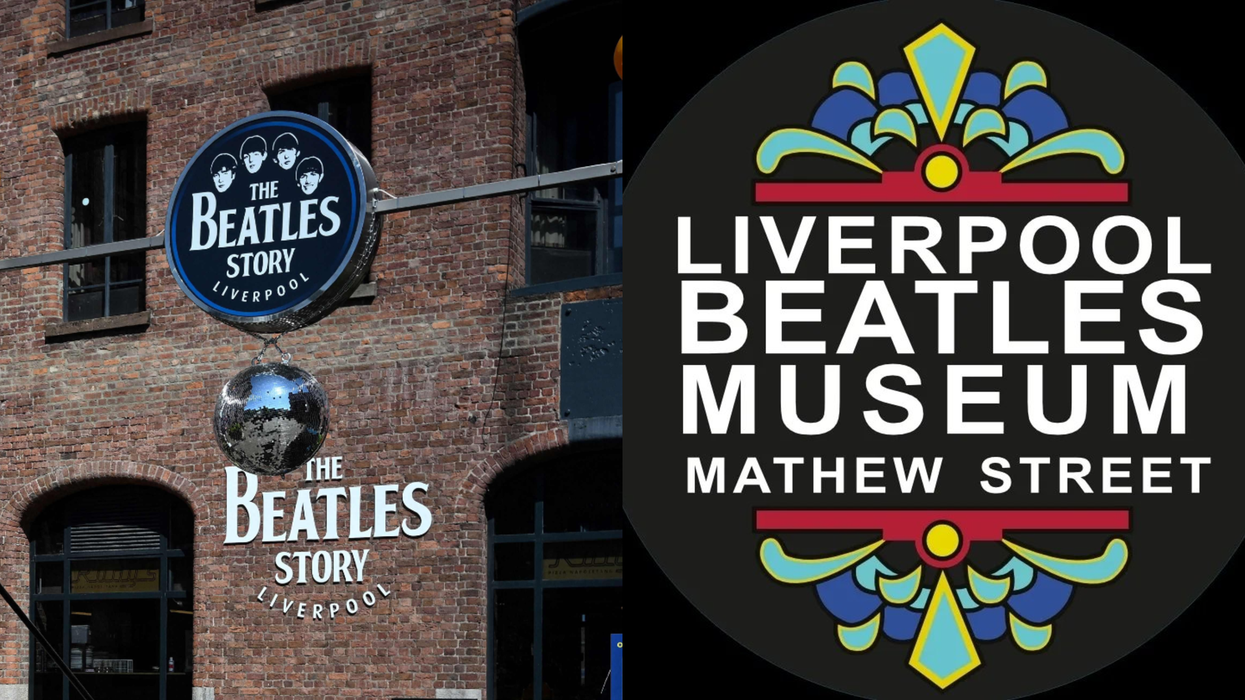
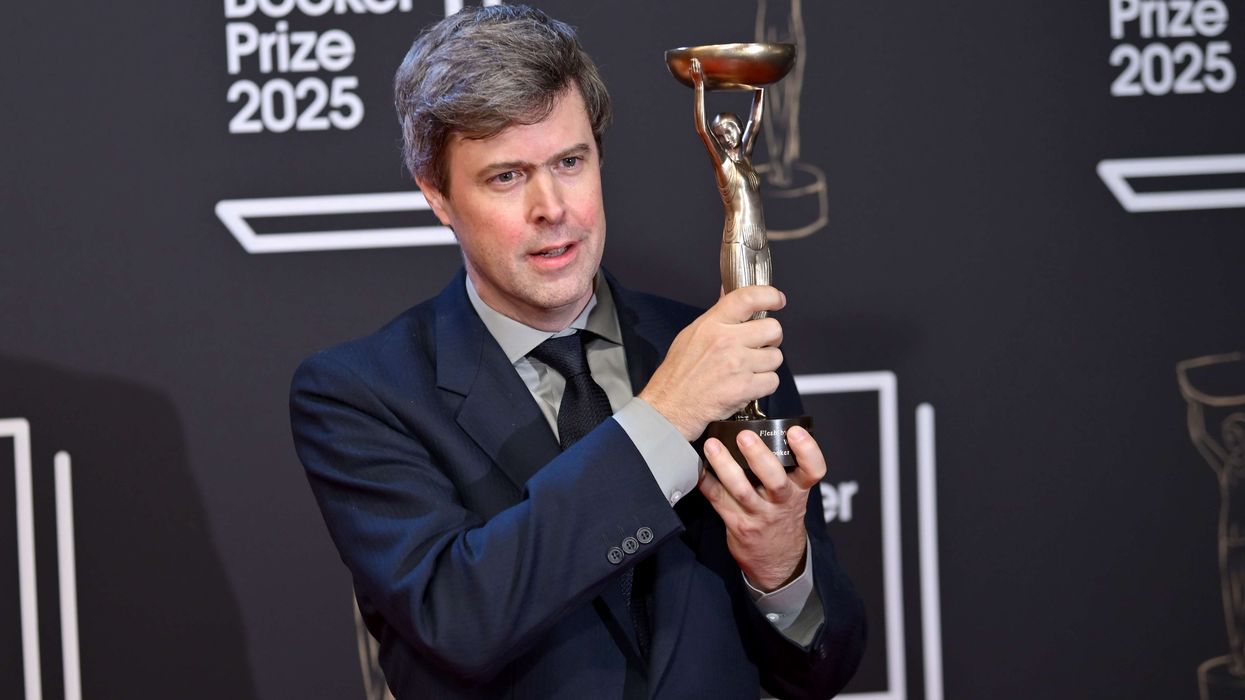
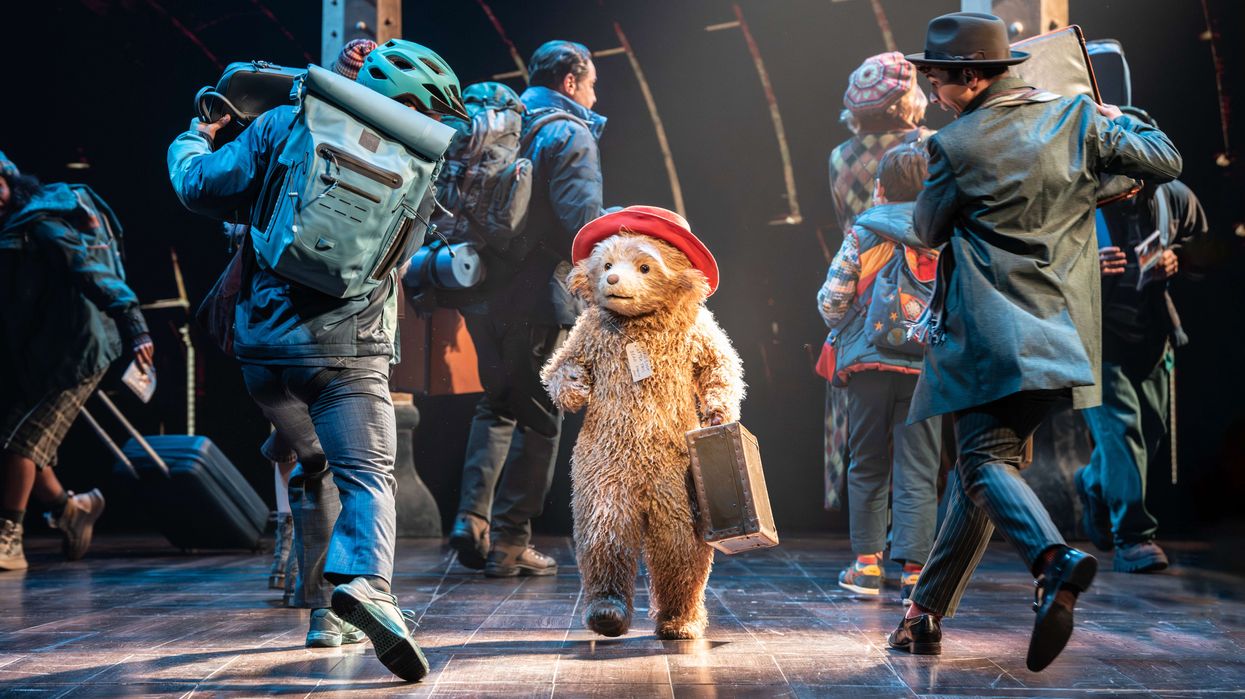
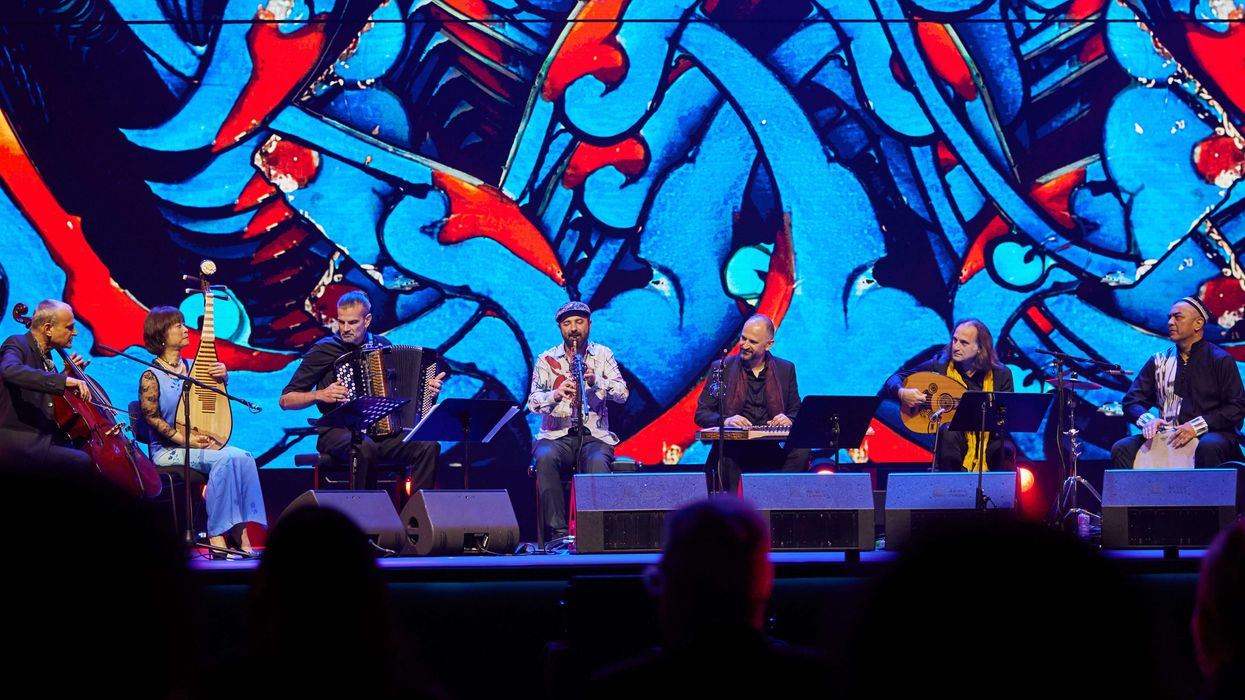
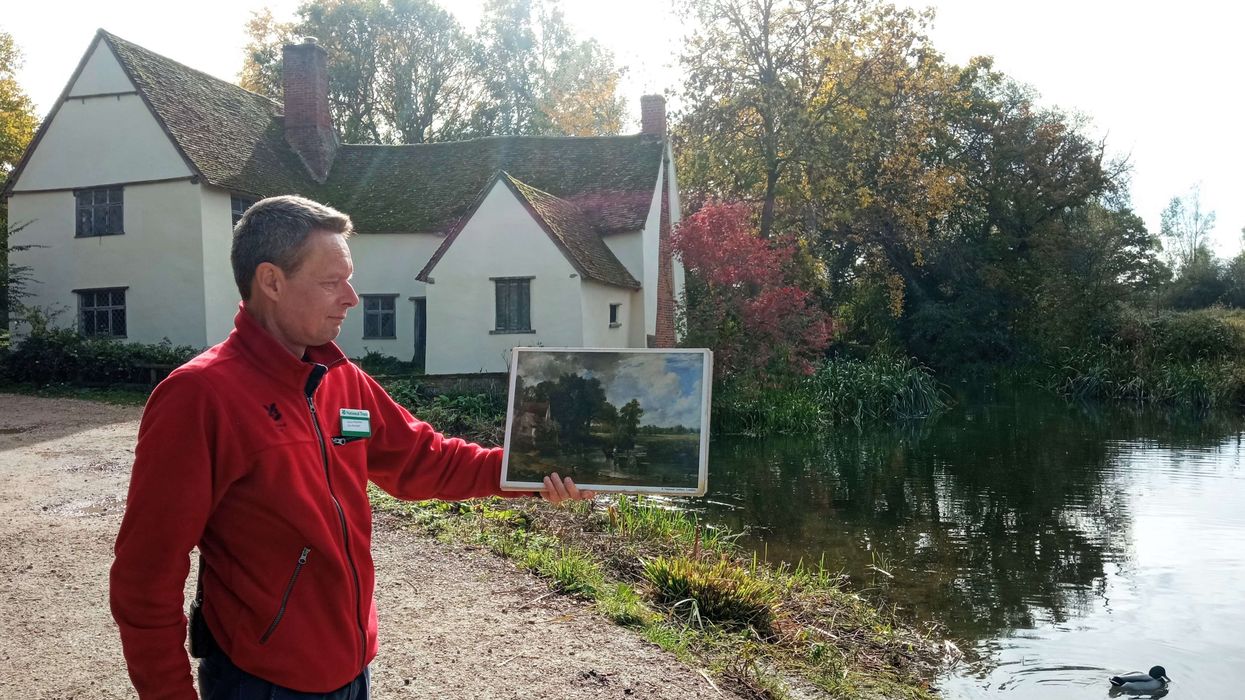
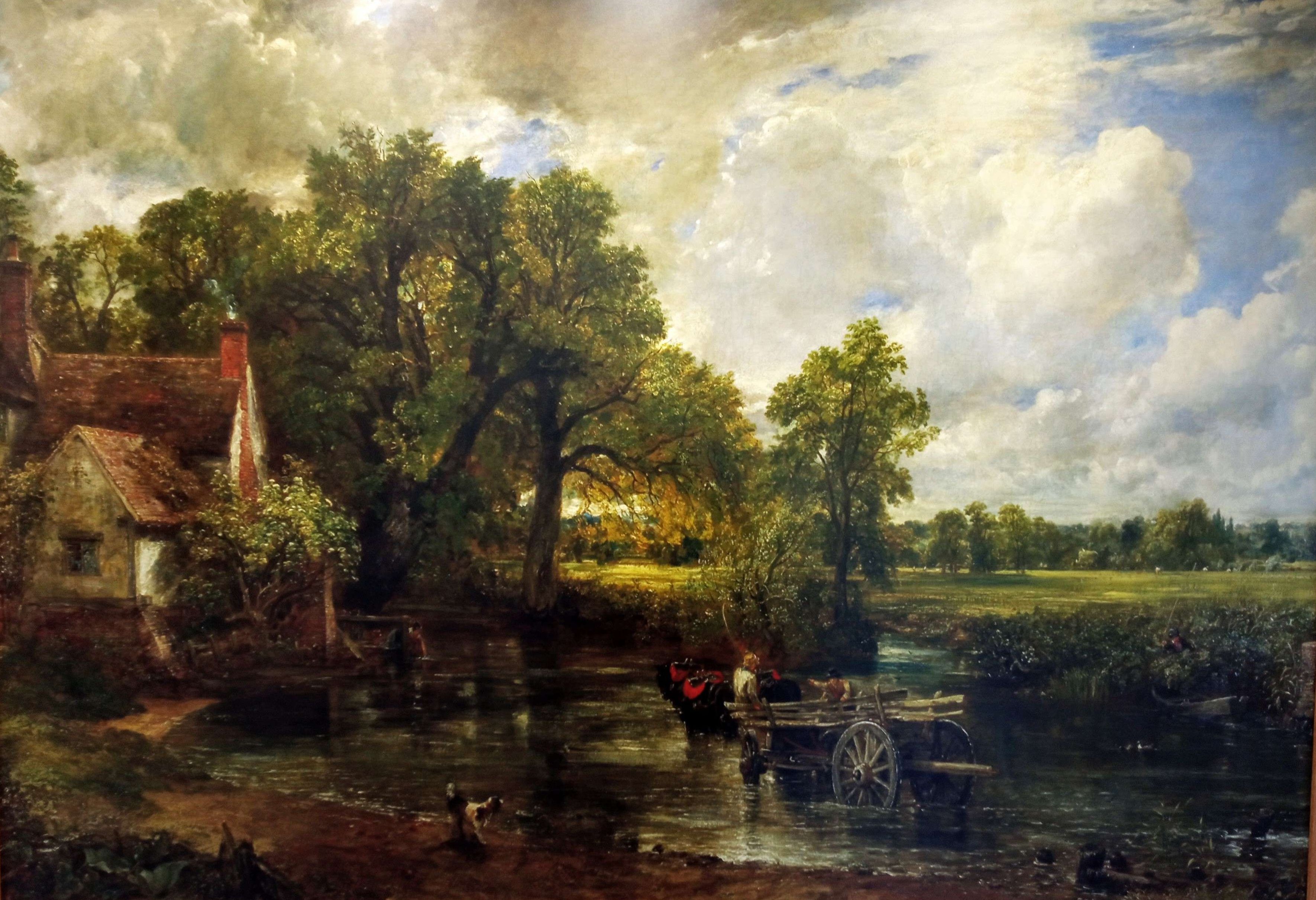 John Constable’s The Hay Wain
John Constable’s The Hay Wain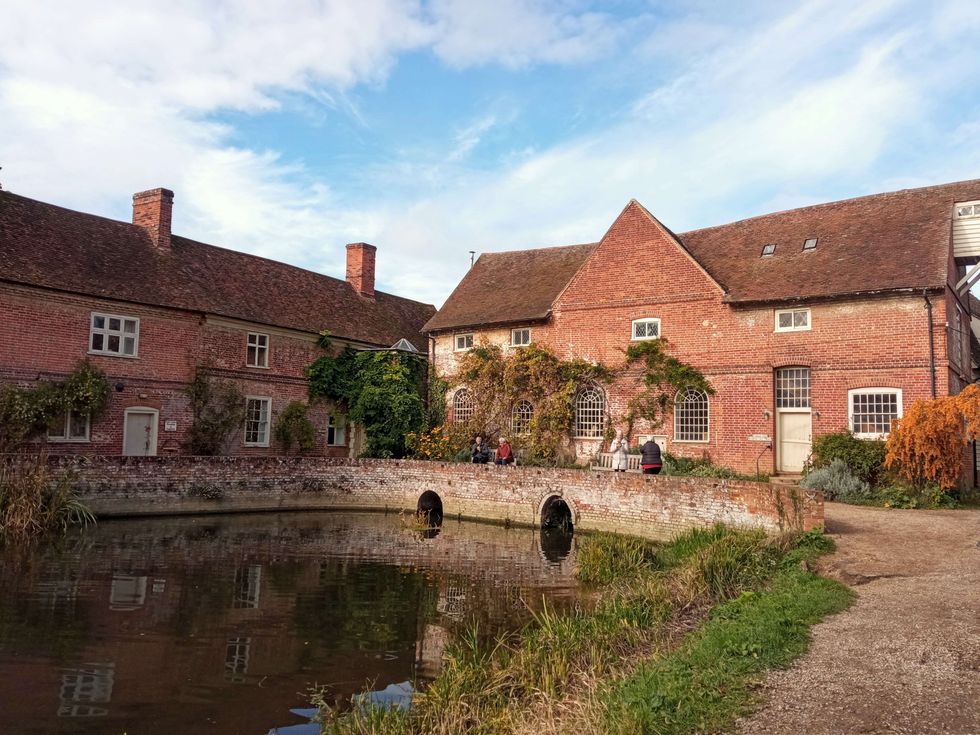 Buildings in Constable country
Buildings in Constable country An old bridge in the hamlet
An old bridge in the hamlet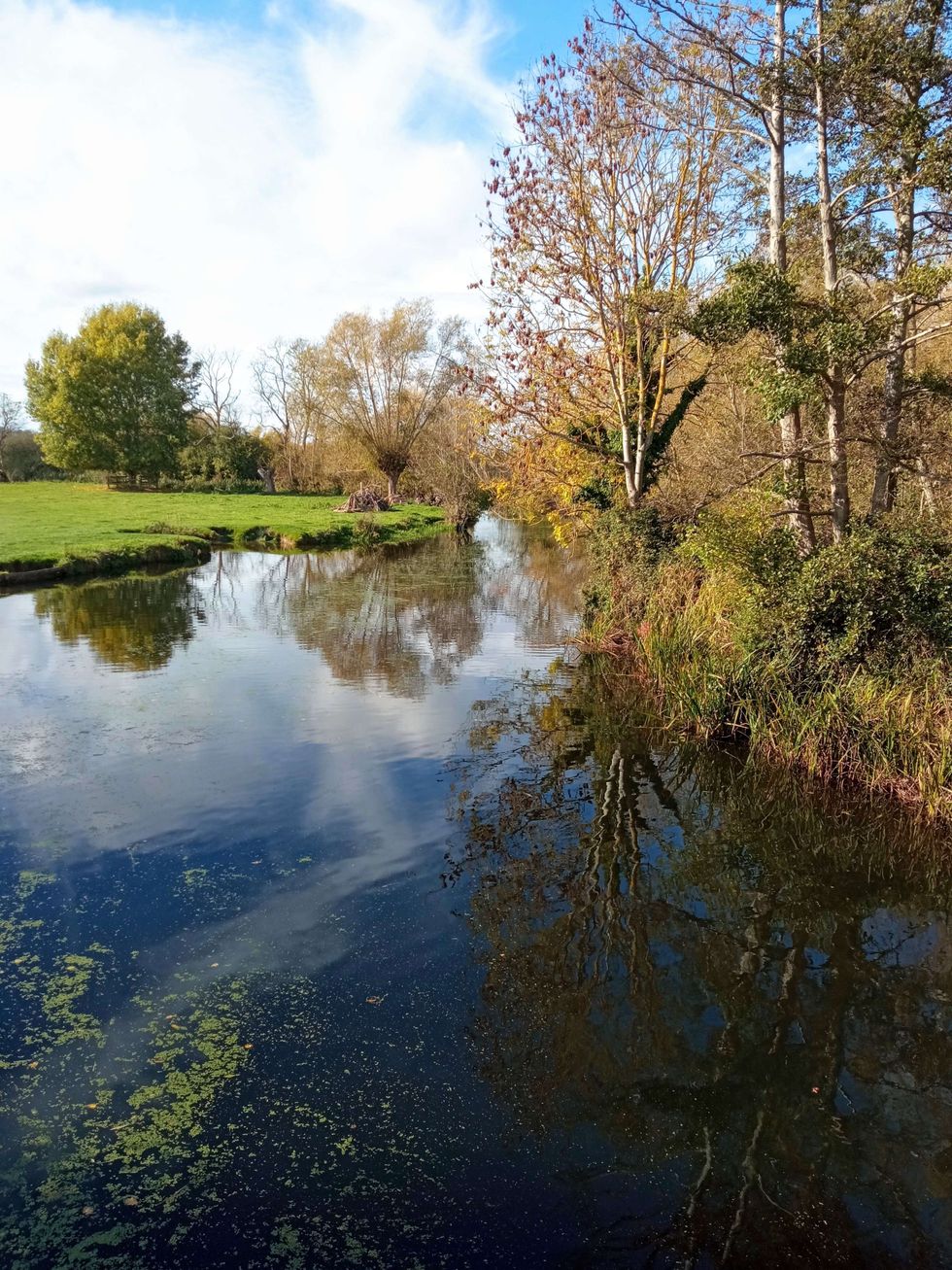 Constable country
Constable country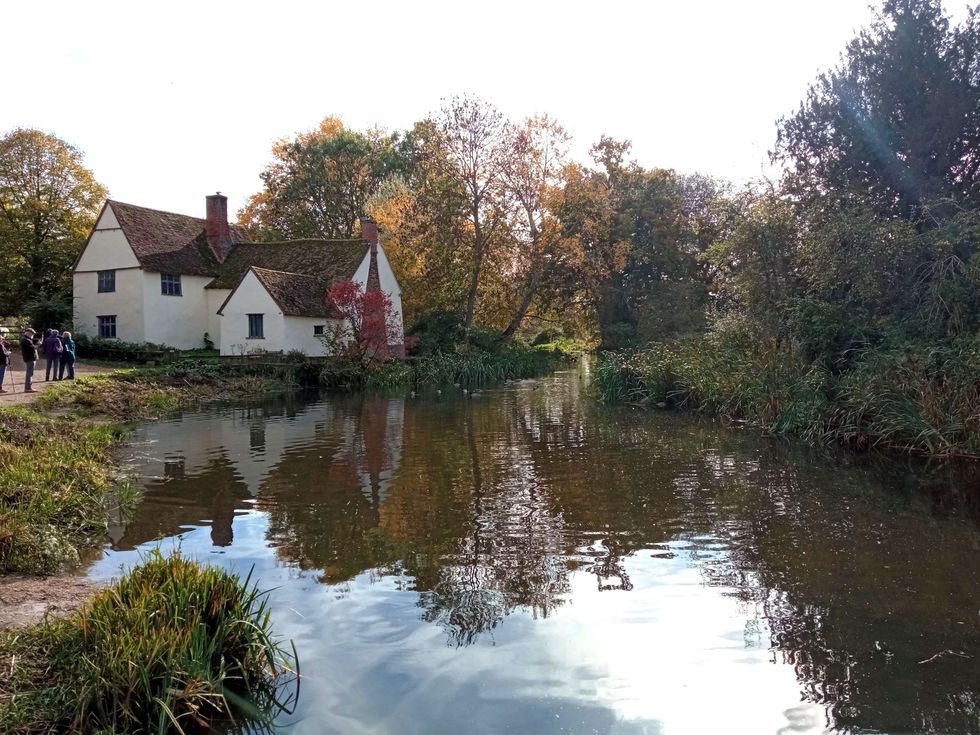 The riverside scene at Flatford in Suffolk as it appears today
The riverside scene at Flatford in Suffolk as it appears today  Constable country
Constable country






